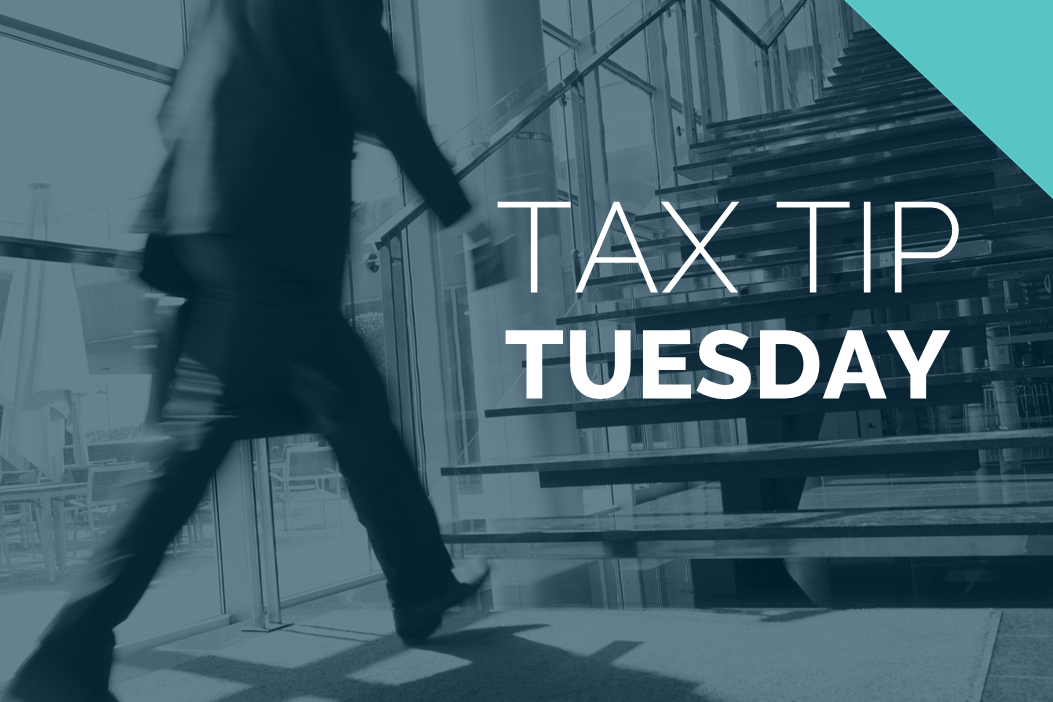Effective May 21, 2023, P&N has joined EisnerAmper. Read the full announcement here.

This article was last updated on 3/11/2021.
On December 27, 2020, then-President Trump signed the Consolidated Appropriations Act of 2021 (CAA). The 5,593-page document contains additional Paycheck Protection Program (PPP) loan relief and a second round of PPP funds for specific employers. Below are key facts about the new round of PPP loans.
Jump to:
- PPP loan taxability
- Further clarification on covered period
- Simplified forgiveness applications
- Expansion of benefits definition
- Expansion of eligible expenses
- Eligibility for the new Paycheck Protection Program (PPP-2)
- New PPP amount calculation
PPP loan taxability
Congress is allowing the full deductibility of the expenses in addition to the tax-exempt status of the forgiveness of debt. In order to leave the IRS without any uncertainty, the CAA states the following:
- No amount shall be included in the gross income of the eligible recipient by reason of forgiveness of indebtedness;
- No deduction shall be denied, no tax attribute shall be reduced, and no basis increase shall be denied, by reason of the exclusion from gross income.
In the case of an eligible recipient that is a partnership or S corporation, any amount excluded from income by shall be treated as tax exempt income for purposes of Section 705; and any increase in the adjusted basis shall equal the partner’s distributive share of deductions resulting from costs giving rise to forgiveness. This aims to take away any uncertainty from the intent and taxability of PPP loan forgiveness and the corresponding deductions.
Although this provides clarity, it does not mean the loans and corresponding deductions are deductible in 2020. This is because the loans that are not forgiven prior to year-end are still only loans and will not create the necessary tax basis to support deductions for S corporations and partnerships. If an entity does not have the necessary basis, then these losses may be suspended for a year. Timing of distributions are important, and waiting until 2021 may result in a more favorable tax situation.
The same treatment has been applied to the Economic Injury Disaster Loan (EIDL) grant, and the grant will no longer reduce the forgiveness amount.
Further clarification on covered period
The Act gives more clarity by stating that the covered period shall begin on the date of the origination of the covered loan and end on a date of the borrower’s choosing between 8 and 24 weeks after such origination. The purpose of this is to clarify that it is up to the recipient of the loan as to the length of time for the covered period, and it is not dictated by the SBA, IRS or your bank.
Simplified forgiveness applications
For loans less than $150,000, the government is simplifying the forgiveness application.
Recipients will be required to sign and submit a certification to the lender. By law, the certification must not be more than one page in length and shall only require the recipient to provide the following:
- A description of the number of employees the eligible recipient was able to retain because of the covered loan;
- The estimated amount of the covered loan spent by the eligible recipient on payroll costs; and
- The total loan value.
The certification will require the recipient to attest the following:
- The information is accurately provided;
- They complied with the requirements; and
- They are retaining the relevant requirements for a minimum of four years.
Expansion of benefits definition
Benefits are being expanded from only medical insurance to include group life, disability, vision, and dental insurance as benefits.
Expansion of eligible expenses
The new law expands the types of eligible expenses for both old and new PPP loans. As a reminder, during the original PPP loan program, the proceeds were limited to the following:
- Salaries and benefits;
- Rent;
- Interest; and
- Utilities.
In addition to the above, the new law includes the following:
- Operating expenditures;
- Property damage costs;
- Supplier costs; and
- Worker protection expenditures.
Below is a further explanation of the four new eligible expenses:
Operating expenditures covers a payment for any business software or cloud computing service that facilitates:
- Business operations;
- Processing, payment or tracking of payroll expenses;
- Sales, billing, and accounting functions;
- Product or service delivery;
- Human resources; or
- Tracking of supplies, inventory, records, and expenses.
Some examples of this type of expenditure include the purchase of Zoom, Amazon Cloud, or accounting software, such as Sage Intacct.
Property damage costs refer to any related cost of physical property damage and vandalism or looting due to public disturbances that occurred during 2020 that was not covered by insurance or other compensation. However, it does not cover damage caused by any of the several hurricanes during that year.
Supplier costs include any expenditure paid to a supplier of goods that are essential to the operations of the entity at the time at which the expenditure was made, when the expenditure is made pursuant to a contract or purchase order in effect before the covered period. The exception to this is perishable goods: contracts may have been in effect before or at any time during the covered period.
Example: A manufacturing company would be allowed to use the funds for supplier contracts to buy goods from a supplier prior to the loan, but if the company contracted to buy the goods after the loan was made, then the proceeds would be restricted. However, a restaurant would be allowed to contract to buy vegetables and other foods during the covered period.
Worker protection expenditures include any expenditure, whether operating or capital, to help facilitate the adaptation of the business activity into compliance with government requirements or government guidance. This may include PPE or renovation of assets to institute better safety systems. Some examples highlighted in the legislation include:
- A drive-through window;
- Ventilation or air filtration system; or
- A physical barrier such as a sneeze guard.
Eligibility for the new Paycheck Protection Program (PPP-2)
Eligibility remains similar to the first round of PPP eligibility: a partnership, sole proprietor or corporation, nonprofit organizations, and independent contractors that were in business on or before February 15, 2020. These businesses may not employ more than 300 employees (reduced from 500 employees), and must have gross receipts during the first, second, third, or fourth quarter that shows a 25% reduction from gross receipts during the same quarter in 2019. Below are two examples:
Example 1: ABC, LLC would be eligible for the second round of PPP because their 2nd quarter was greater than 25% decrease.
|
|
2019 |
2020 |
Percentage Change |
|
1st Quarter |
$1,200,000 |
$1,400,000 |
16.6% |
|
2nd Quarter |
$2,000,000 |
$1,499,499 |
- 25% |
|
3rd Quarter |
$3,000,000 |
$4,000,000 |
25% |
|
4th Quarter |
$2,000,000 |
$8,000,000 |
400% |
Example 2: DEF, LLC would not be eligible as their decrease in revenue was not greater than 25% in any quarter.
|
|
2019 |
2020 |
Percentage Change |
|
1st Quarter |
$1,200,000 |
$1,400,000 |
16.6% |
|
2nd Quarter |
$2,000,000 |
$1,600,000 |
- 20% |
|
3rd Quarter |
$3,000,000 |
$2,700,000 |
- 10 % |
|
4th Quarter |
$2,000,000 |
$2,000,000 |
0% |
The whole year gross receipts do not matter, as the test is specific to quarters. Special rules apply for entities that were not in business for the full 2019 year.
New PPP amount calculation
There is a new calculation for the eligible amount. The maximum amount of the loan is the lesser of the following:
- The average monthly payment for payroll costs incurred or paid by the eligible entity during either the one-year period before the date on which the loan is made, or calendar year 2019 multiplied by 2.5.
- The recipient may choose which average to apply. Example: If a business averaged $100,000 of payroll per month in 2019, and averaged $75,000 in 2020, then the loan amount would be $250,000.
- $2,000,000
Similar to the first PPP loans, special rules exist for seasonal employers and new businesses. Restaurants and other entities that have NAICS codes starting with 72 may still qualify if they have up to 300 employees per location.
Help is available
The loan process for many businesses should be relatively simple, unless your company had a decrease earlier in the year and have since out-performed its 2019 year. If payroll increased in 2020, then re-working the calculation may be advantageous.
P&N’s dedicated professionals are committed to understanding and applying this information to help our clients. Please contact us or connect with your P&N advisor to discuss your organization’s questions, concerns, and priorities.



